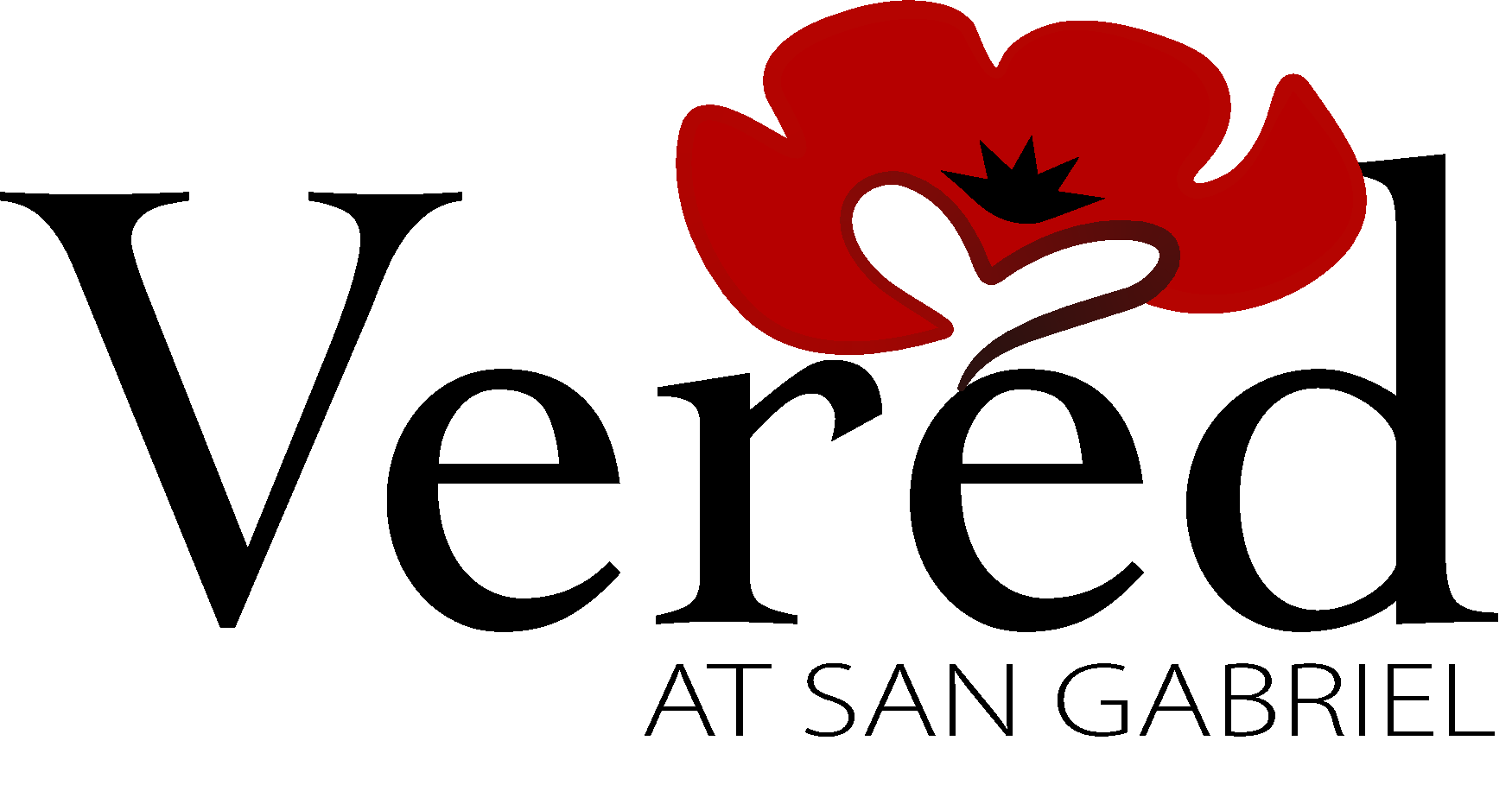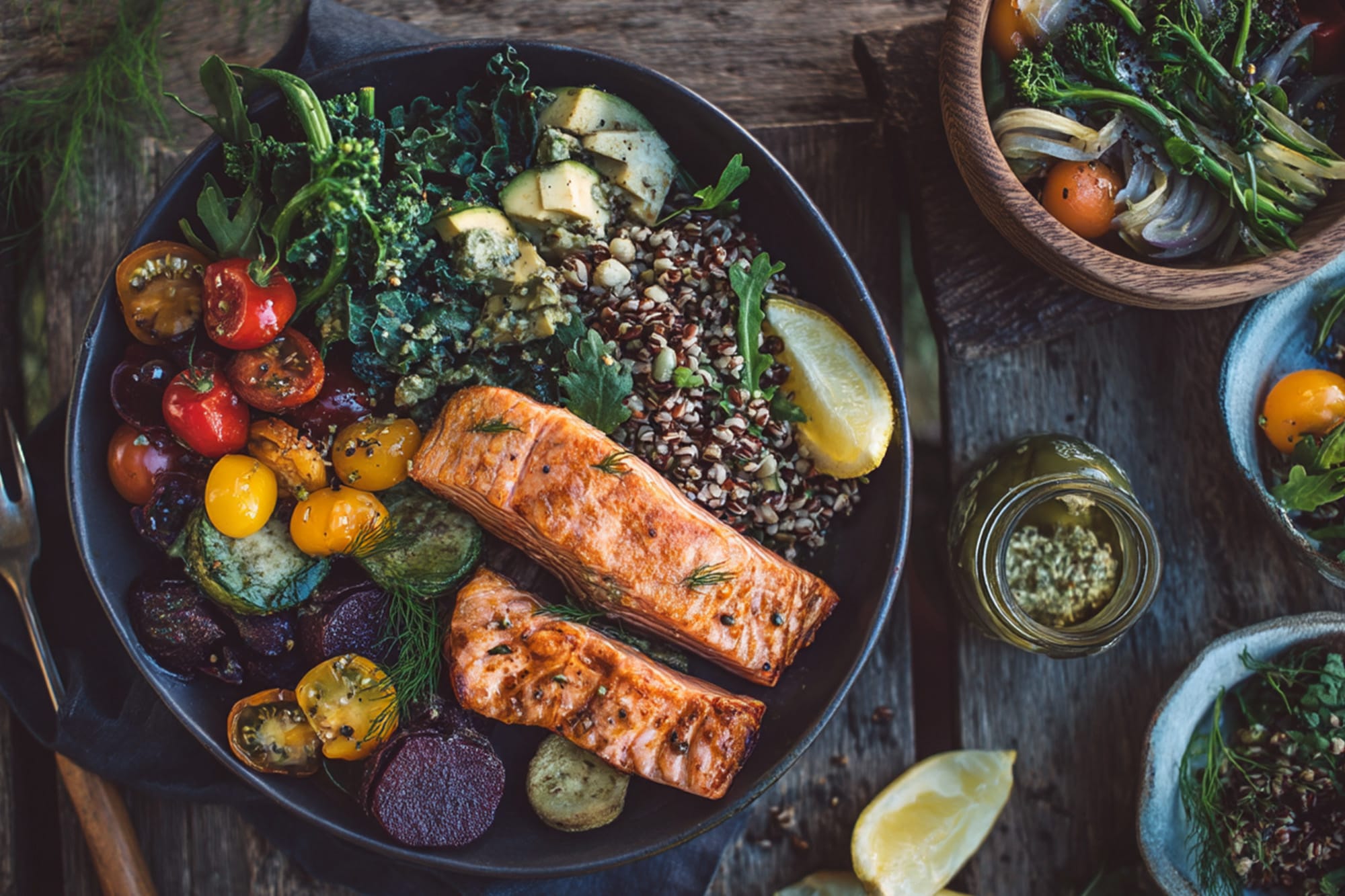Recovery isn’t only about stopping drugs or alcohol. It’s about learning how to live in a way that feels steady and fulfilling again. In the early days, many people feel cut off from friends, family, or even themselves. That sense of being alone can make recovery harder.
Community fills that gap. Having people around you who understand the ups and downs can make the road forward less overwhelming.
At Vered, no one goes through treatment alone. Peer support is part of the process from the start, and it remains important long after treatment ends.
We’ll explore what peer support truly means, how it’s integrated into treatment at Vered, its significance, and how you can continue to find community in San Gabriel after treatment.
What Peer Support Means in Recovery
Peer support is simple. It’s people who’ve walked through similar struggles showing up for each other. It’s the comfort of knowing you don’t have to explain every detail because the other person already gets it.
This kind of support is different from professional therapy. A therapist offers expertise and clinical guidance. A peer offers connection, lived experience, and the type of encouragement that comes from having been there.
The value runs deep. Sometimes it’s emotional, like having someone to listen to when cravings feel overwhelming, when you’re having a tough day. Sometimes it’s practical, such as sharing what’s worked for handling stress, rebuilding routines, or staying accountable.
At its heart, peer support is about belonging. It reminds you that recovery doesn’t have to be faced alone. It’s about building trust, trading support, and finding strength in shared experience.
How Community Is Built in Treatment at Vered
At Vered, community starts small and grows from there. Clients meet in small groups where people can speak and listen. Those rooms are where real connections begin.
Group therapy is a big part of the day. Sessions are structured, but not stiff. People share moments that matter, such as what worked, what didn’t, and what scared them. Hearing someone else’s story makes your own feel less lonely.
Skills practice brings people together, too. We practice coping tools in pairs or small teams. That hands-on time is practical and human. Working alongside someone on a skill quietly builds trust.
Wellness activities serve the same purpose but in a different way. Whether it’s a walk, a simple art session, or a group stretch, these shared routines make ordinary moments feel shared. You don’t have to talk to bond. You just show up together.
Day-to-day routine at Vered is set up so that peers cross paths regularly. Meals, groups, and activities overlap. Those repeated, low-pressure moments are where friendships form. It’s not one big event. It’s a string of small, steady contacts.
Staff guide the process. Clinicians set the tone, lead difficult conversations, and keep everyone safe. But peers do a lot of the sustaining work. They check in, swap tips, and notice small changes in each other. Often, a fellow client’s “how I handled that” is more relatable than a textbook solution.
Community shows up in simple acts. Someone shares a coping strategy that actually fits your life. People clap when you hit a week or a month. On hard days, others sit with you even if there are no words. Those moments matter more than any speech.
Importantly, the community at Vered isn’t forced. There’s no requirement to be best friends with everyone. Connection grows from honest interaction, such as shared challenges, wins, and routines. Staff create space for that to happen, but they don’t manufacture feelings.
What forms are usually real and steady? Over time, those small connections add up. They teach people how to be in a relationship again, including how to ask for help, show up, and keep going. That is the kind of community that supports recovery long after treatment ends.
Why Community Is Essential in Recovery
Community matters because recovery isn’t meant to be done alone. When people connect, small habits change. Those small changes add up.
Accountability is real and simple. If you agree to check in with someone, you’re more likely to keep that promise to yourself. Showing up for another person makes it easier to show up for your own goals. That kind of mutual responsibility keeps the risk lower.
Isolation is one of the biggest danger signs. Feeling cut off makes cravings louder and decisions harder. Being around others who understand softens that pressure. Even sitting in the same room with someone who’s been through it can calm the urge to use.
Community also brings encouragement and perspective. When a setback happens, a peer can say, “I’ve been there,” and mean it. That makes setbacks easier to see as a step, not a full stop. Hearing how someone else got past a tough week gives concrete ideas you can try.
People in the recovery model know what life looks like at different stages. You meet folks who are fresh out of detox and others who’ve been sober for months or years. Seeing those stages shows you what’s possible and gives hope that change can stick.
Trust and social skills rebuild in small, steady ways. Recovery often taxes your ability to ask for help or to be vulnerable. Practicing those things with peers, one short conversation at a time, rebuilds confidence. You learn how to set boundaries, accept support, and be honest without shame.
Recovery really sticks when you’re not doing it alone. Cravings ease, but life still brings stress, and a steady community catches you when you wobble, cheers the small wins, and helps you keep sight of what matters. That kind of everyday support makes recovery something you can live with, not just survive.
Finding Community After Treatment in San Gabriel
Leaving treatment can feel like stepping into a big, unfamiliar world. That’s normal. Keep the connections you built in treatment. They matter.
Start small. Text someone from Vered, swap numbers, and grab a quick coffee or walk. Those tiny, regular check-ins make the jump from structured days to regular life feel a lot more manageable. Since Vered blends group therapy, yoga, meditation, creative projects, and shared meals, you’ll already have people who get what keeps you steady.
Look for local peer groups that match your needs. Many people find value in 12-step meetings, SMART Recovery, or other peer-led groups.
These meetings give structure and regular check-ins. If in-person meetings don’t work for you, consider online groups for connection until you find something nearby. Don’t worry about “the right” group on the first try. Finding fit takes testing a few options.
Keep ties to treatment peers, too. Some people form informal groups that meet weekly. Others text a small circle when cravings or stress hit. Even short check-ins are helpful. If you feel comfortable, ask a staff member at Vered for recommendations on local groups or meeting calendars they trust.
Build community outside formal meetings. Volunteer work, fitness classes, art or music groups, and local hobby classes all bring people together without the pressure of a “recovery” label. These spaces help you practice social skills and rebuild routines in low-pressure ways.
Tips for finding the right group:
- Look for fit, not perfection. A group that feels safe matters more than one that looks ideal on paper.
- Try several meetings or activities before deciding. A few visits give a better sense than one night.
- Stay open and consistent. It takes time to feel like you belong.
- Balance online and in-person. Use each to support the other.
San Gabriel offers a range of community centers, meetings, and wellness classes to help you stay connected. Ask Vered’s team for local suggestions and trusted referral options so you don’t have to search alone.
Practical Ways to Strengthen Your Support Network
- Keep it simple. Schedule weekly check-ins with one or two peers. Use a shared group chat for quick support.
- Set boundaries. Choose relationships that lift you and avoid ones that pull you back.
- Mix online and face-to-face contact so you always have someone to reach out to.
- Make small plans like short walks, a coffee, or a group class. The goal is to make it regular, not perfect.
Recovery grows in the community. The habits you learn in treatment, such as showing up, sharing honestly, and practicing skills, are easier to keep when people are around you. Vered builds a connection into treatment with group sessions and wellness practices, so you start with a circle you can lean on.
After treatment, carry that circle forward. Try local meetings, stay in touch with peers, and join activities that feel right. The right people won’t fix everything for you, but they make the work doable. Finding peers who understand makes recovery steadier and more real.
FAQs About Peer Support & Finding Community
Is peer support the same as therapy?
No. Licensed clinicians deliver therapy, focusing on diagnosis and clinical treatment. Peer support comes from people with lived experience. It complements therapy by offering understanding, practical tips, and everyday encouragement.
What if I’m shy or nervous about groups?
That’s normal. Start small. Sit and listen to a meeting. You’re participating by being present. Try a one-on-one coffee with someone from your program first. Over time, short visits and small steps build comfort.
How do I know if a community is right for me?
You should feel accepted and safe. People don’t have to agree with everything you say. But you should leave feeling understood more than judged. If a group pressures you or makes you anxious, it’s okay to try something else.
Can online support count as community?
Yes. Online meetings, forums, and group chats can be real support, especially when travel or timing is a barrier. Try to mix online and in-person contact when possible. Face-to-face time deepens connection, but digital spaces are valid and helpful.
One quick tip:
Give any group at least three meetings before you decide. Fit often shows up after a few visits. If you want local suggestions, ask your Vered clinician or alumni coordinator, and they can point you toward trusted options.




